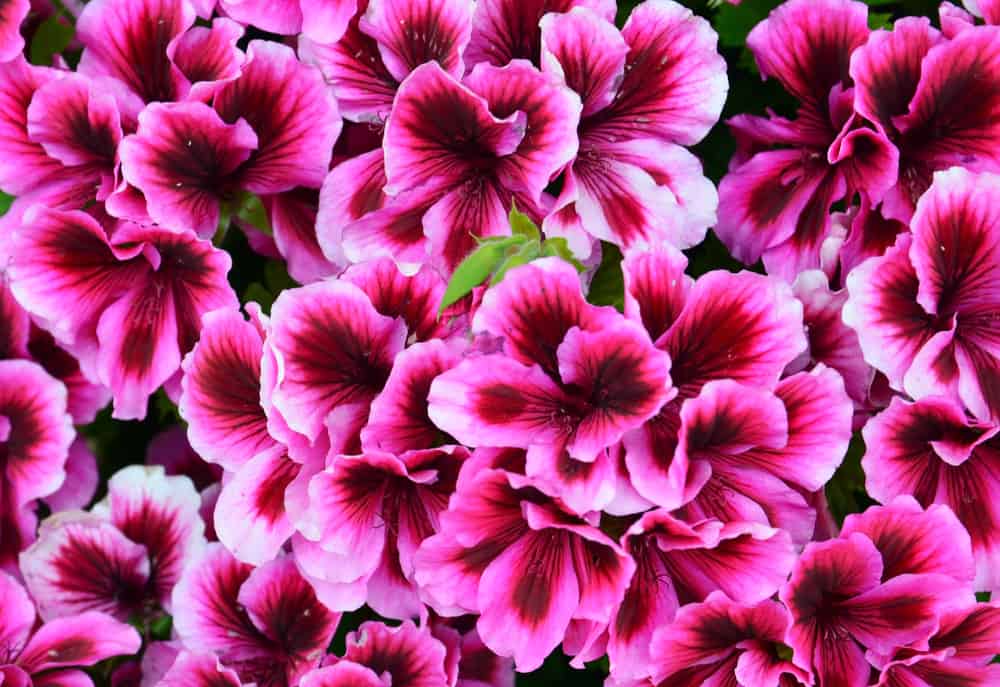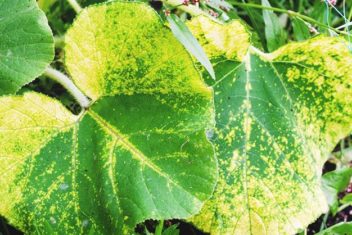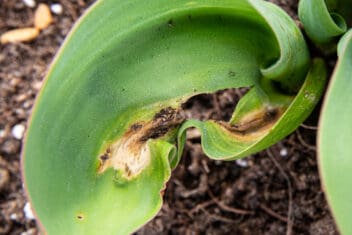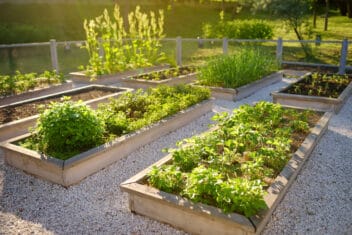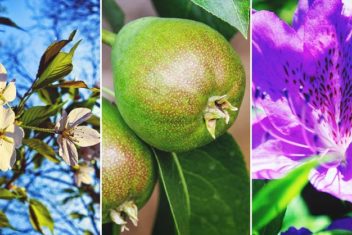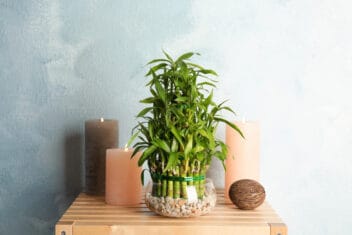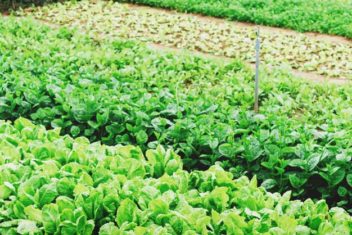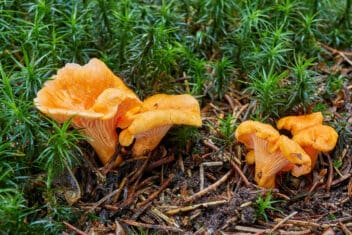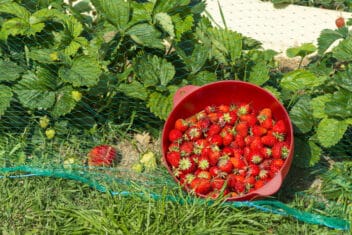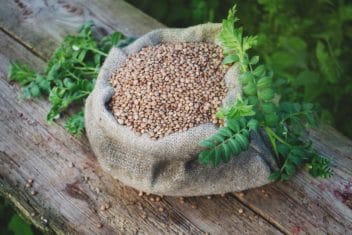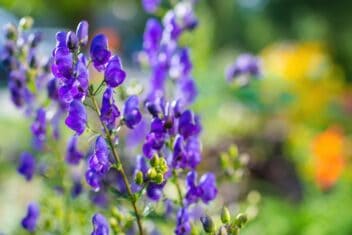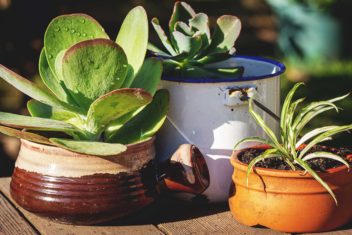If there’s one flower that sings of summer, it’s pelargoniums. Inexperienced and experienced gardeners alike are thrilled by the easy-going display and the reliable flowers that just won’t stop.
Geraniums are perfect for raised beds, containers, and hanging baskets. The colorful flowers add three-season delight wherever you put them. Growing several colors is a great way to bring vibrancy from spring until summer.
Keep reading to learn all about growing geraniums.
The Different Types of Geraniums
Geraniums are perennials in USDA Hardiness Zones 8-11, but anyone in Zones 2 and up can succeed at growing geraniums as annuals.
Geraniums are part of the genus Pelargonium, which has 280 species. Many people grow the common geraniums, also known as Pelargonium x hortorum. Common geraniums are hybrids with dark green leaves, and flowers in colors like white, pink, salmon, and red.
Flowers appear in a single head or cluster, depending on the species and cultivar. The blossoms can also be single or double.
Many people grow geraniums in containers to provide texture and color on patios, doorways, and porches.
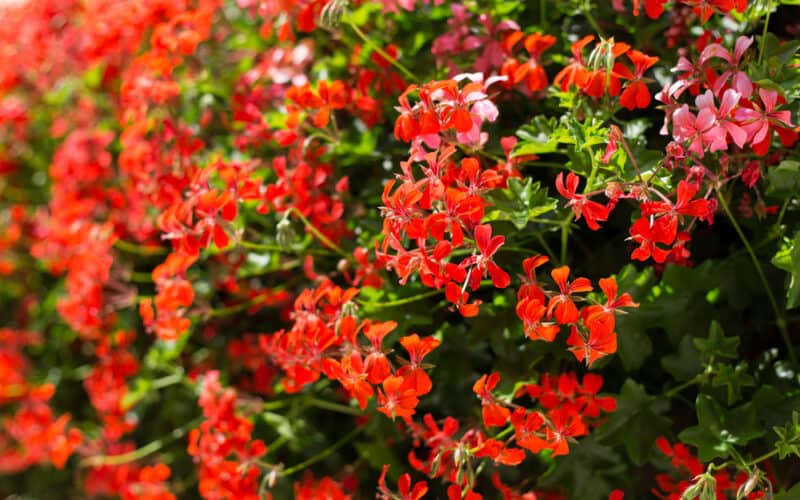
Ivy-Leaved geraniums (P. peltatum) are better suited to hanging baskets because of their trailing stems. Even though the petals are smaller than common geranium, there are lots of them.
We call this species ivy-leaved geranium because it has ivy-shaped leaves and, if left unpruned, grows as a trailing plant. You can also grow these geraniums in window boxes where they grow happily. The flower colors are in the purple and red family.
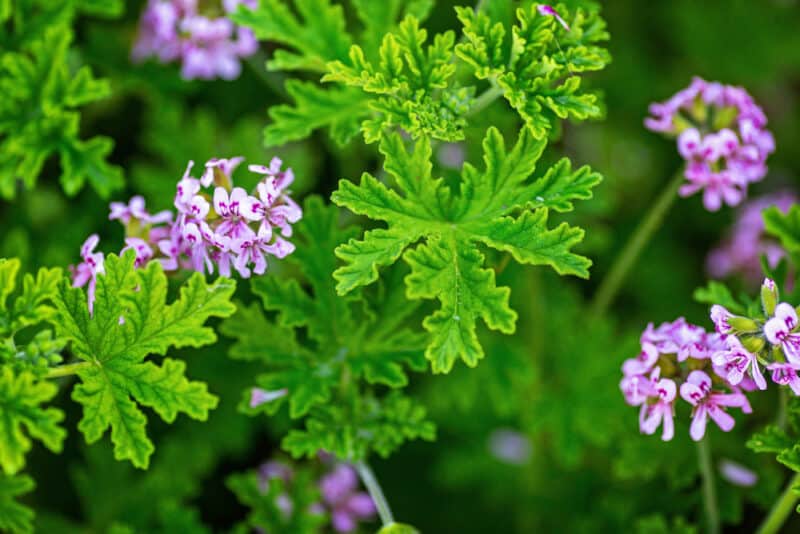
Scented geraniums (Pelargonium spp.) are grown for their intensely-fragrant leaves. While they have small flowers, it’s the cinnamon, lemon, strawberry, orange, or ginger-scented leaves that make them special.
Zonal geraniums (P. zonale) have a striped “zone” of purple, blue, or red down the middle of the leaves.
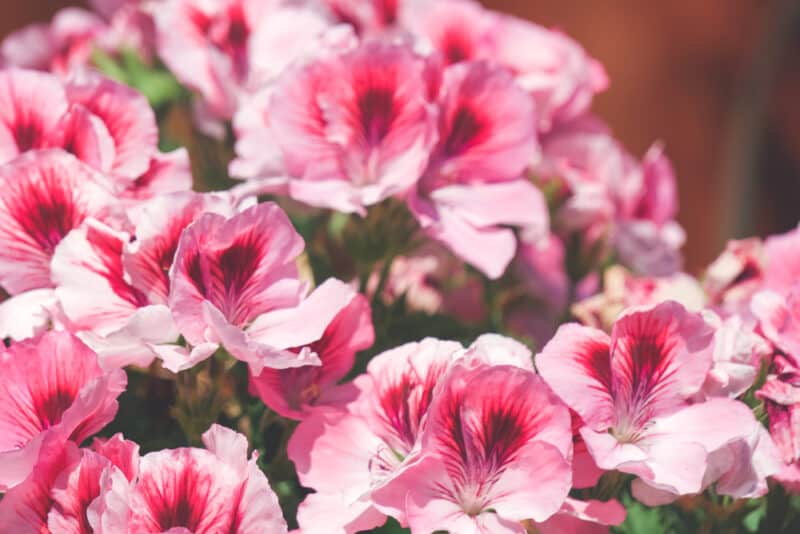
Martha Washington, also known as regal or Lady Washington geraniums (Pelargonium x domesticum), are often sold in pots in the winter because they begin blooming in late winter or early spring.
Unlike the other varieties of geraniums, these plants prefer colder climates, though you can grow them up to Zone 10. They just don’t last as long in warm climates.
It’s challenging to succeed at growing geraniums from this group outdoors. Grow them indoors to bring some color and interest to your interiors.
Best Cultivars and Hybrids
To help you decide on which of the many geraniums you want to grow, we’ll give you a quick overview of some of the best. This section breaks down the ivy-leaved, scented, and zonal geraniums:
Ivy-Leaved
For growing geraniums in hanging baskets or containers, consider:
- ‘Red Mini Cascade’ has an abundance of bright strawberry red blossoms.
- ‘Fire Dragon’ features orange-red flowers with yellow eyes.
- ‘Sugar Baby’ has rosy pink, double blossoms.
- ‘Double Lilac White’ has long trailing branches of white flowers.
Zonal
Want a classic option? Look at:
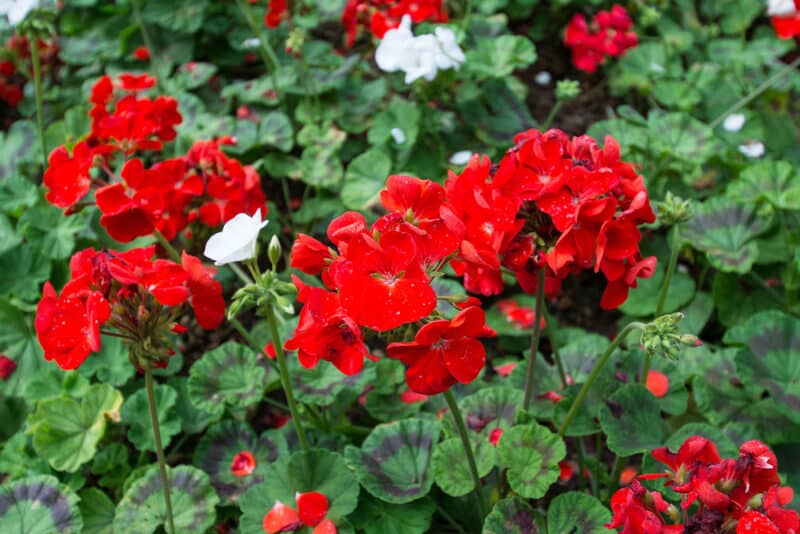
- Tango is a series of tough, vibrant plants in a variety and mixture of colors.
- ‘Crimson Fire’ has hot pink edges surrounding a deep, dark red center.
- ‘Summer Twist’ has multi-colored petals in red and white.
- ‘Gemini’ features flowers that are red on the outside and white in the middle.
- ‘Orange Richard’ stands out with bright, fiery orange double blossoms.
Scented Geraniums
Some of the best smelling geraniums include:
- Old Fashion Rose (P. graveolens) smells a lot like a traditional rose. It’s often used to make rose perfume.
- Peppermint (P. tomentosum) has a strong peppermint scent with medium green leaves.
- Apple (P. odoratissimum) has a sour apple scent.
Starting Geraniums
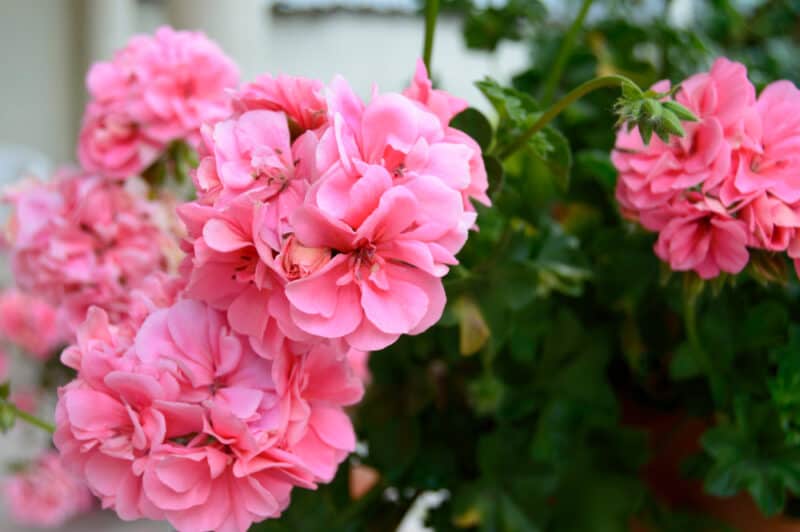
There are three ways of growing geraniums: as houseplants, perennials, or annuals. It’s also possible to start the growing process indoors and move the plant outdoors. Depending on where you live, it’s wise to plant in a container so you can move the plant when the weather changes.
Geraniums can be grown from cuttings or seeds. The seed-growing method can take up to 16 weeks from planting until blooming.
Start the process about eight weeks before the last frost date in your region if you’re starting seeds indoors.
Fill a seed tray with loose soil and sow the seeds evenly. To maintain humidity, cover the tray with a plastic sheet. Put the tray in an area with at least six hours of light and a temperature of 72°F. Remove the plastic cover regularly to get rid of excess moisture.
Transplant the seeds to a larger container or raised bed once you notice leaves sprouting.
Harvesting Seeds
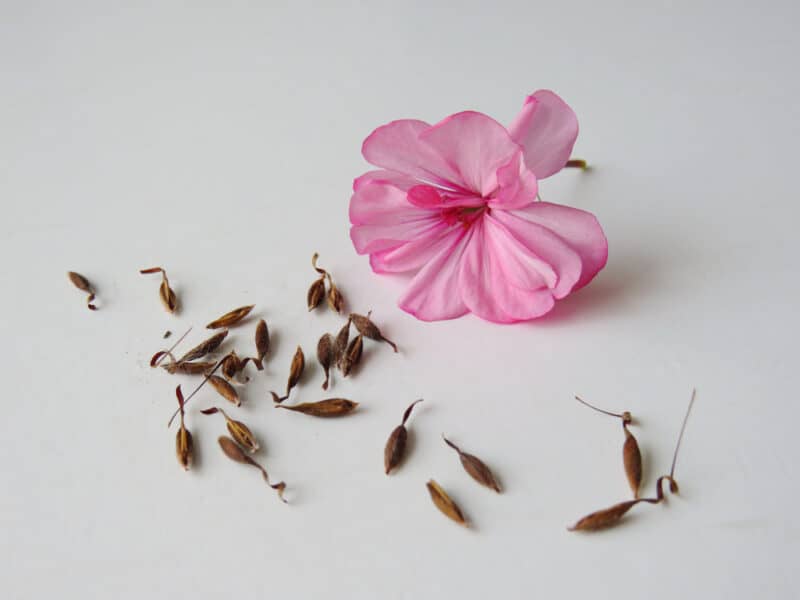
Remember that you can always try growing geraniums from seed. You can buy seeds, or harvest your own.
To harvest the seeds, stop deadheading and cut off the seedheads just before they open. Place them in a paper bag and wait for the pods to open. Or, you can cover the heads with a mesh bag. Once the seed pods open, collect the seeds and store them in a cool, dry place.
Harvested seeds usually won’t grow true to type.
Caring Tips for Geraniums
Geraniums need lots of sunlight to bloom. The perfect location has full sunlight in the morning and partial shade in the afternoon or full sun all day, depending on the species.
Most species need full sun to bloom, but a few can use a little light shade in the heat of the summer afternoon. Otherwise, you’ll have burnt petals from the harsh light.
You also need suitable soil. Geraniums need rich, loose, well-draining earth. Without the right soil, the flowers won’t bloom to their full potential.
Depending on the species, hot summers can cause your flowers to stop blooming. But this only happens when the temperature is extreme. A quick solution to this problem is to move the container to a shaded area.
Root rot can be an issue for geraniums, so you must monitor your watering schedule. Be cautious; water the plant only when the top inch of soil is dry.
Geraniums can survive a short period without moisture; you should err on the side of too dry rather than too wet.
Feed your growing geraniums a light fertilizer once the flowers begin to bloom and again mid-summer. Use a 20-20-20 fertilizer that can be applied to the soil or the leaves as a foliar fertilizer.

Deadheading the flowers encourages new blooms to form. Prune down the stem if the leaves start to turn brown or grow leggy. All you need is garden scissors to prune this plant since the stems are herbaceous.
Container Growing
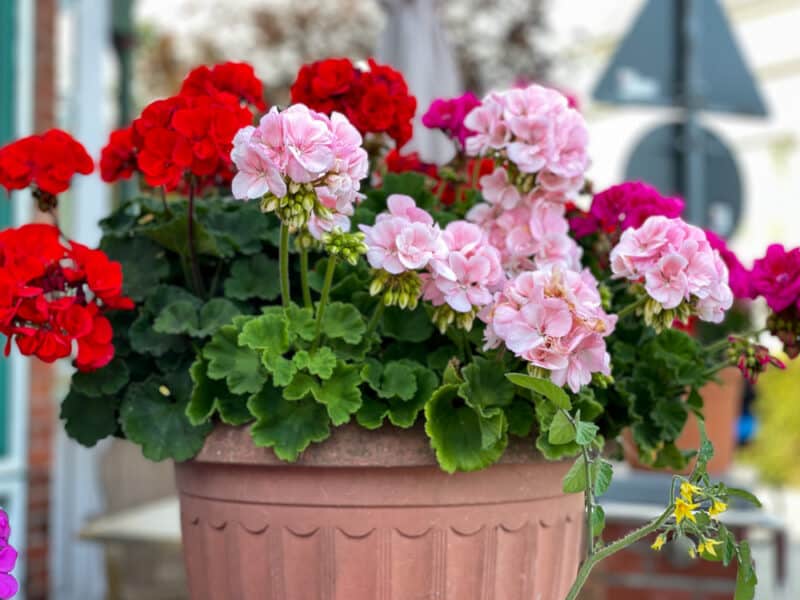
Planting them in containers or pots allows you to move them when the sun gets too hot.
Pick a pot with draining holes for growing geraniums in containers so the water has somewhere to escape.
If you live in an urban area, try growing geraniums on a balcony or windowsill.
You’ll need to be more cautious about watering, since pots tend to dry out more quickly. But it’s a good way to control the soil. Any good potting soil will do.
Repotting when the geranium is fully grown is good for providing extra space for the roots. Pick a container one size bigger than the original and measure it so it’s not too small.
Overwintering
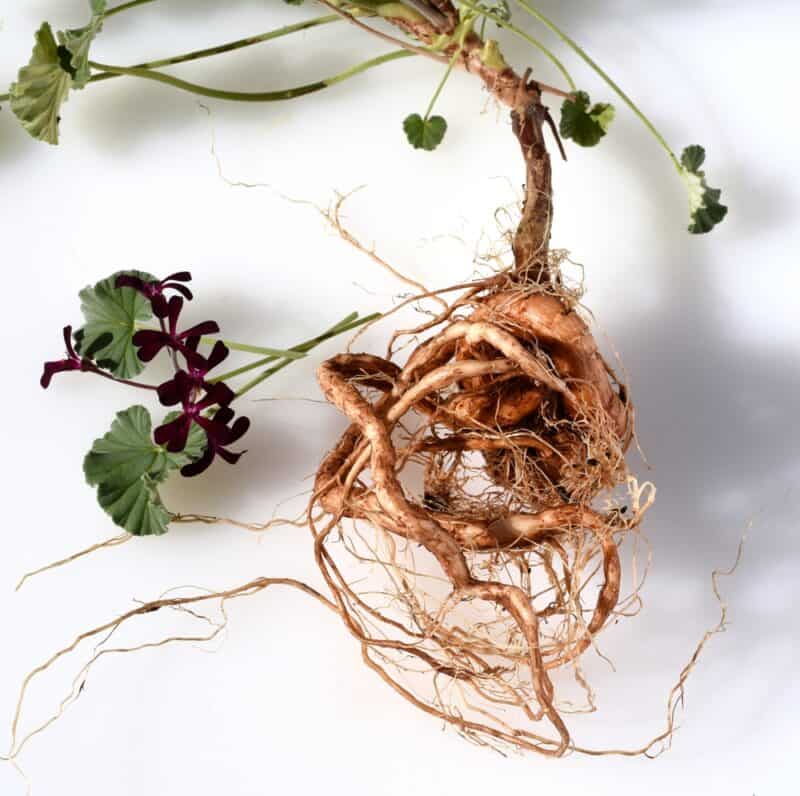
Bring tender geraniums indoors when the weather falls below 55°F and place them outdoors in the following spring. In the meantime, treat them as a houseplant, placing them in a sunny window and trimming off any flowers.
Or, you can remove them from the soil and trim off all of the leaves and prune the stems back to one-fourth. Place the roots in newspaper and place them in a paper bag. Spray the newspaper with water every month or so to keep them alive.
Finally, you can hang the plants upside down after removing them from soil and trimming them back. Dip the roots in water every few weeks.
Bring the plants back outside when temps are regularly above 55°F.
What Pests and Diseases Affect Geraniums?
Mealybugs, spotted mites, and cabbage loopers are some of the common pests that infect geraniums.
Mealybugs
A mealybug infestation can stunt geraniums since they suck the sap from the leaves. Look out for a clear, sticky substance on the plant, as this is one of the main signs of this pest. Adult mealybugs are a quarter-inch long.
Rubbing alcohol over the white material stops the eggs from hatching. So, you can limit the risk of adult mealybugs causing problems. Insecticides can be applied to large groups of mealybugs for a week. Spray 2-3 times a day and monitor improvements.
Spotted Mites
Two-spotted spider mites (Tetranychus urticae) are common on geraniums when the weather is warm and dry. The symptoms of spotted mites are leaves with spots and discoloration, and stunted growth. Check under the leaves and spray with a miticide on these pests.
Cabbage Loopers
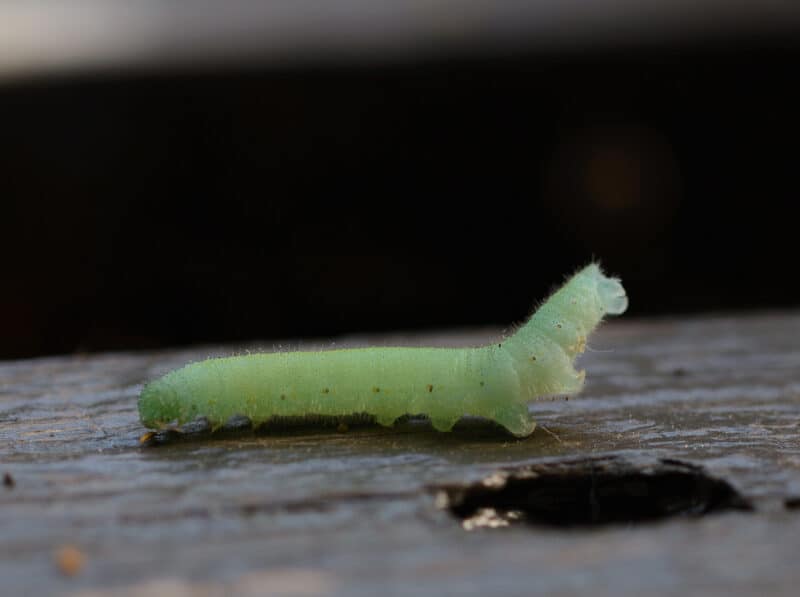
Cabbage loopers (Trichoplusia ni) resemble caterpillars and leave holes in the foliage. For small groups of cabbage loopers, pick them off with your hand and remove them from your plant. Or, apply an insecticide product to the plant.
The most important thing is to look over the plants daily to catch the infestation quickly. For more tips, check out our guide.
Botrytis Blight
Botrytis blight (gray mold) is a problem for geraniums that are older and dying. To avoid this fungal disease from spreading, remove old flower heads regularly.
Moisture enables the spread and reproduction of the fungal pathogens, so using caution not to overwater, keeping plants appropriately pruned and spread out, and watering at the soil level are important. Our guide has tips on controlling this common disease.
Leaf Spot
Leaf spot (Alternaria spp.) first appears in small spots all over your plant. If left untreated, the spots spread and the leaf will die. Visit our guide to learn about identifying and treating this common disease.
Using Geraniums
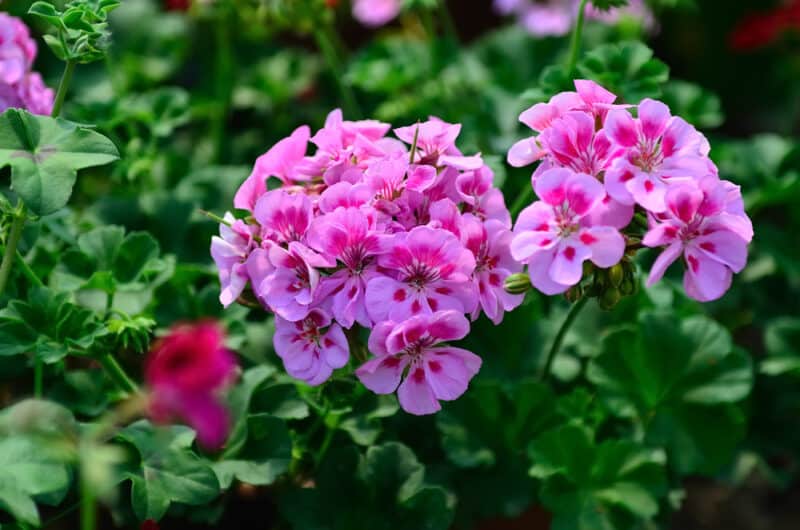
Geraniums are edible. The leaves and flowers can be used in the kitchen. Scented geraniums are particularly marvelous. Get to know the different scents and flavors and get creative!
